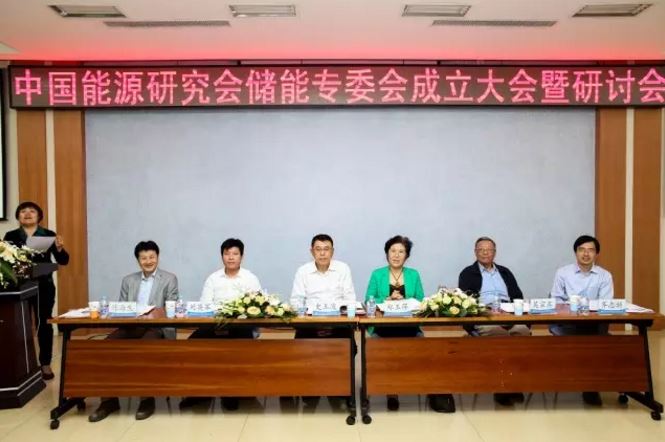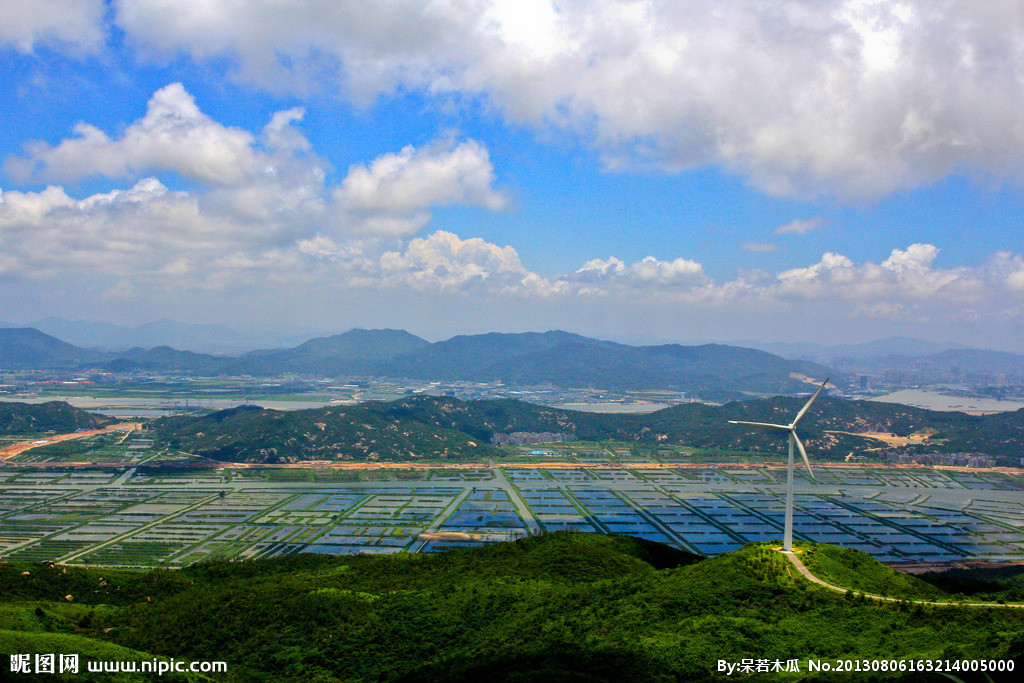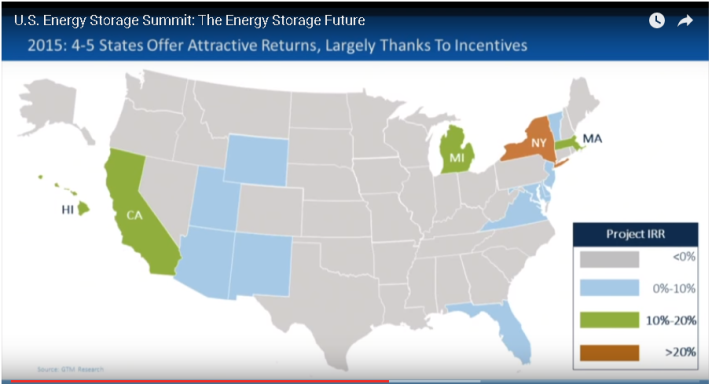The past two weeks were a busy and rewarding time for CNESA, successfully hosting two conferences.
Beijing, October 20 -- In coordination with Huaneng Clean Energy Research Institute, CNESA co-hosted the “2016 Forum on Applications of Energy Storage in Electricity Generation.” Presentations probed issues like how energy storage can support renewables consumption in electricity generation as well as the commercialization of distributed energy systems.
Since entering in the “13th Five Year Planning Period”China has implemented several energy sector reforms, in which energy storage has emerged as a crucial technology essential for realizing future energy sector goals and targets. Beginning on the afternoon of the 20th, speeches covered topics such as: energy storage solutions in concentrated solar power generation and consumption, energy storage applications in wind farms, methods for wind power to hydrogen and wind power heating.
Over 150 guests attended, representing government, power companies, storage technology companies, new energy companies, and other related research institutes, all converging for a productive two days of dialogue, networking ,and cooperation. Manufacturers Zhongtian, CATL Battery, Clou Electronics, Sacred Sun, and Menshine, exhibited their latest advanced products and energy storage solutions plans. Nearly twenty media representatives also attended. All in all, the meeting was a resounding success, with presenters laying out requirements and steps towards energy storage applications and commercialization, and engaging in meaningful dialogues fostering future cooperation.
Tianjin, November 3 -- As part of the APEC – Asia Pacific Economic Cooperation Forum on Sustainable Development, CNESA co-hosted a seminar titled “Research on Energy Storage Technologies to Build Sustainable Energy Systems in the APEC Region.” With representatives attending from New Zealand, Australia, Hong Kong, the Philippines, the United States, Thailand, Malaysia, Chile, and the People’s Republic of China, the seminar was a valuable platform for APEC member economies to share the status and requirements of energy storage and renewables development in their respective countries.
Cristiano Marantes, representing the New Zealand’s power service provider, Vector, introduced the company’s latest energy storage project located in one of Auckland’s residential neighborhoods. The Glenn Innes project is the first and largest grid-scale battery storage system in the Southern Hemisphere, using Tesla Powerpack battery technology with enough capacity to power 450 homes for 2.5 hours. Igor Skyrabin from Australia National University and Yi Jin from China’s New Horizon Capital both gave presentations detailing their respective research into economic modeling. Government representatives from the Philippines and Malaysia gave presentations regarding their country’s power systems and potentials for energy storage. Gaspar Escobar, representing the Philippines Department of Energy proposed applying energy storage as a way to provide power for many of the country’s small islands off-the-grid. Malaysia’s Paul WK Kiong from the Ministry of Energy introduced Malaysia’s efforts into promoting Malaysia’s electric vehicle manufacturing industry and called for the need for supporting battery technology. Other attendees included representatives from the Chinese National Development and Reform Commission (NDRC) and companies Trina Solar, Shanghai Power and Electric Design Institute, and BYD. Representatives from ABB and EDF were also present.
The Tianjin seminar is the first of three stages in this APEC-funded project. The next stage will invite experts from APEC economies to conduct an energy storage project site visit in February of next year, and ultimately culminate in a final workshop in May of 2017 in Beijing.













































